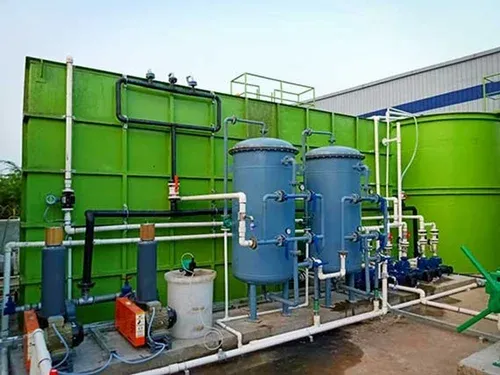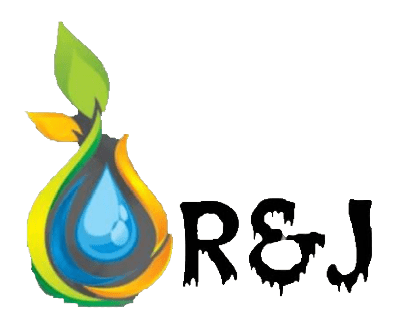Sewage Treatment Plant Process Flow Diagram
When it comes to ensuring clean and sustainable water management, R&J Waste Water Treatment Organization excels in delivering advanced sewage treatment solutions. Understanding the sewage treatment plant (STP) process flow diagram is essential to appreciate how wastewater is transformed into clean water. Here’s a detailed explanation of the process. Sewage sludge is obtained from wastewater treatment in sewage treatment plant. The sludge consists of two basic forms, sludge and secondary sludge, also referred to as activated sludge within the case of activated sludge process. Municipal sewage sludge (MSS) or only sewage are often a solid, semi-solid, or liquid muddy residue. It contains mainly proteins, sugars, detergents, phenols, and lipids and also includes toxic and unsafe organic and inorganic pollutants source.

Process of Sewage Treatment Plant
At R&J Waste Water Treatment Organization, we prioritize efficient and sustainable solutions for managing wastewater. Below, we outline the standard process flow diagram for a sewage treatment plant (STP), highlighting each critical stage of the treatment process.
1. Preliminary Treatment
Objective: Removal of large solids and debris to protect downstream equipment.
Process:
Screening: Removes large objects like rags, plastics, and sticks.
Grit Removal: Separates sand, gravel, and other heavy inorganic particles.
Pre-aeration: Reduces odors and promotes grit removal efficiency.
2. Primary Treatment
Objective: Settling of suspended solids to reduce the organic load.
Process:
Sedimentation Tanks: Allow solids to settle at the bottom, forming sludge, while oils and grease float to the surface for removal.
Skimming: Removes floating debris, oil, and grease.
Chemical Addition: Coagulants may be added to enhance settling.
3. Secondary Treatment
Objective: Biological treatment to break down organic matter.
Process:
Aeration Tanks: Microorganisms decompose organic pollutants in the presence of oxygen.
Secondary Clarifiers: Separate treated water from biomass (activated sludge).
Biological Nutrient Removal: Reduces nitrogen and phosphorus levels to prevent eutrophication.
4. Tertiary Treatment
Objective: Advanced purification to meet discharge standards.
Process:
Filtration: Removes remaining suspended solids using sand filters or membrane filtration.
Disinfection: Eliminates pathogens using methods such as chlorination, UV treatment, or ozonation.
Advanced Oxidation Processes (AOP): Breaks down complex organic pollutants and removes micropollutants.
Reverse Osmosis: Produces high-quality water for reuse applications.
5. Sludge Treatment
Objective: Safe handling and disposal of sludge generated during treatment.
Process:
Thickening: Reduces water content in sludge, concentrating solids.
Anaerobic Digestion: Converts organic matter into biogas, which can be used as a renewable energy source.
Dewatering: Further reduces moisture for easier handling and disposal through methods like belt filter presses or centrifuges.
Thermal Drying: Reduces the volume of sludge for disposal.
Composting: Converts sludge into a usable soil conditioner.
6. Effluent Discharge
Treated water is released into the environment, such as rivers or lakes, or reused for non-potable purposes like irrigation, industrial cooling, or construction.
Monitoring: Continuous testing ensures compliance with environmental regulations.
7. Energy Recovery and Resource Management
Biogas Production: Methane from anaerobic digestion is captured and used to generate electricity or heat.
Nutrient Recovery: Recovered nutrients like phosphorus can be used as fertilizers.
Water Reuse: Treated water can be repurposed for various applications, reducing strain on freshwater resources.
Benefits of Sewage Treatment Plants
Protects public health by reducing waterborne diseases.
Prevents pollution of natural water bodies.
Promotes sustainable resource recovery.
Reduces carbon footprint through renewable energy generation.
Visual Representation
We recommend incorporating a detailed process flow diagram for better understanding. Our team at R&J Waste Water Treatment Organization can assist in designing and implementing customized solutions tailored to your needs.
For more information or inquiries, feel free to contact us. Let us work together to create a cleaner, greener future!
